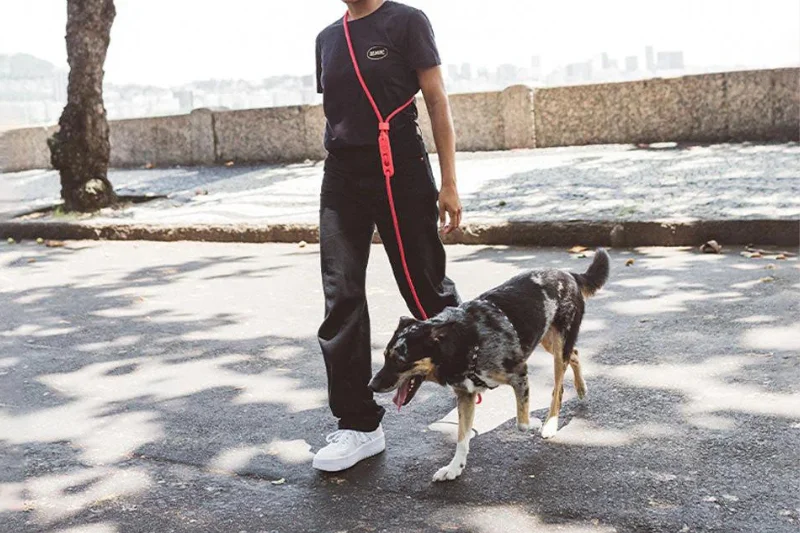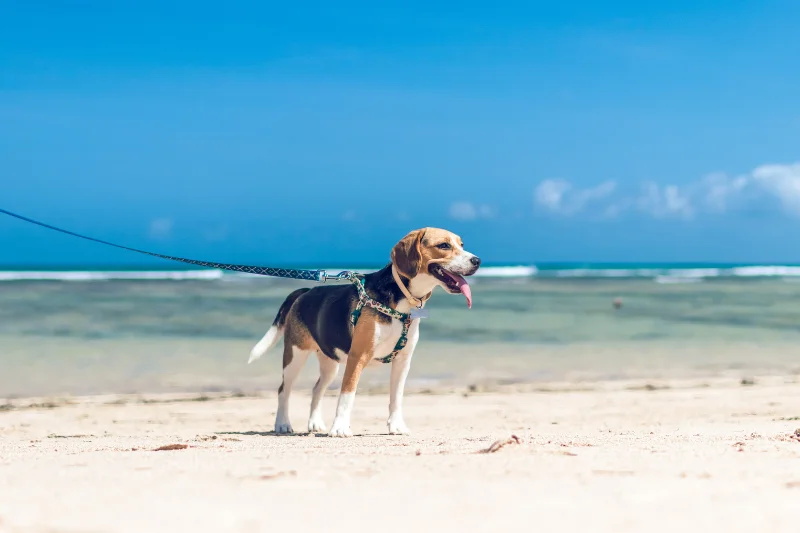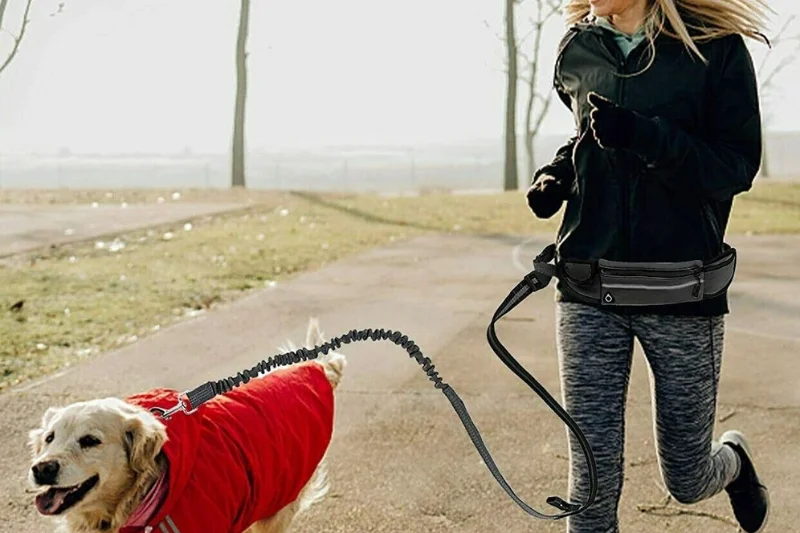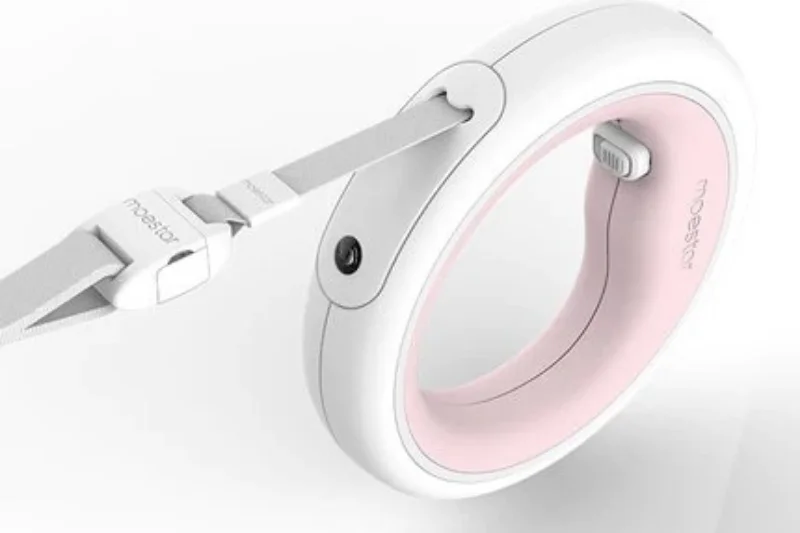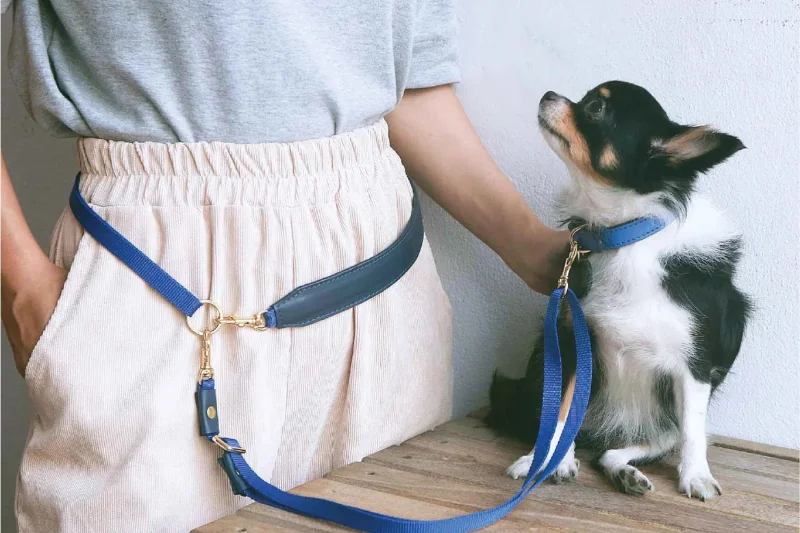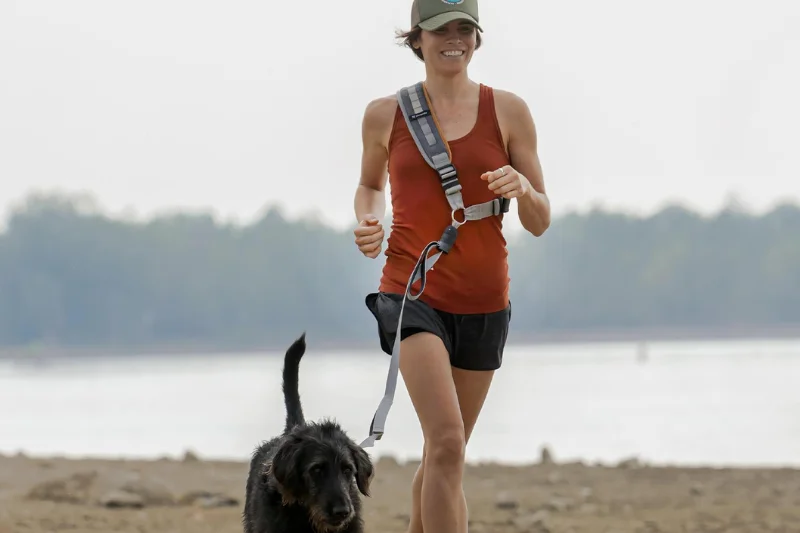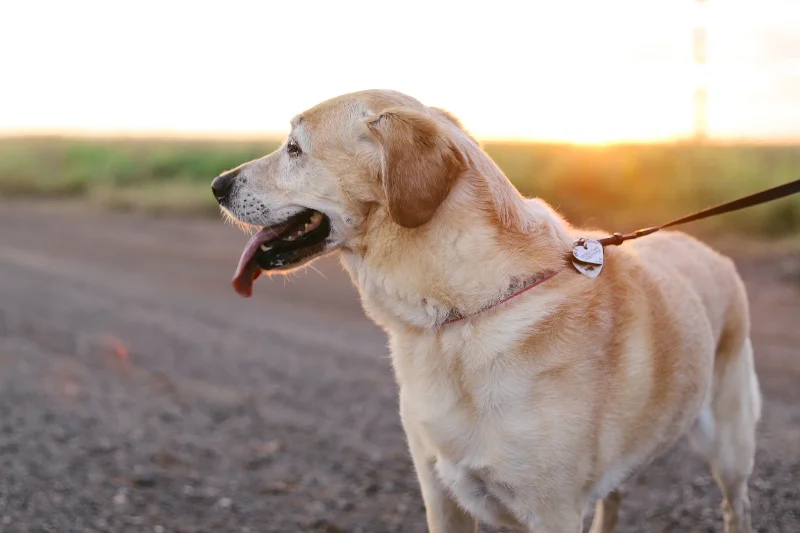Hands Free Dog Leads
Hands Free Dog Leads
Hands free dog leads give you ease of using your hands whilst on your walk. We have collected what types are available in Australia and curated information about why and when you should switch to a hands free lead. So, when you are next out on your morning jog with your dog you can have your hands free to sip coffee or answer a call.
Have a question or want to suggest a product?




